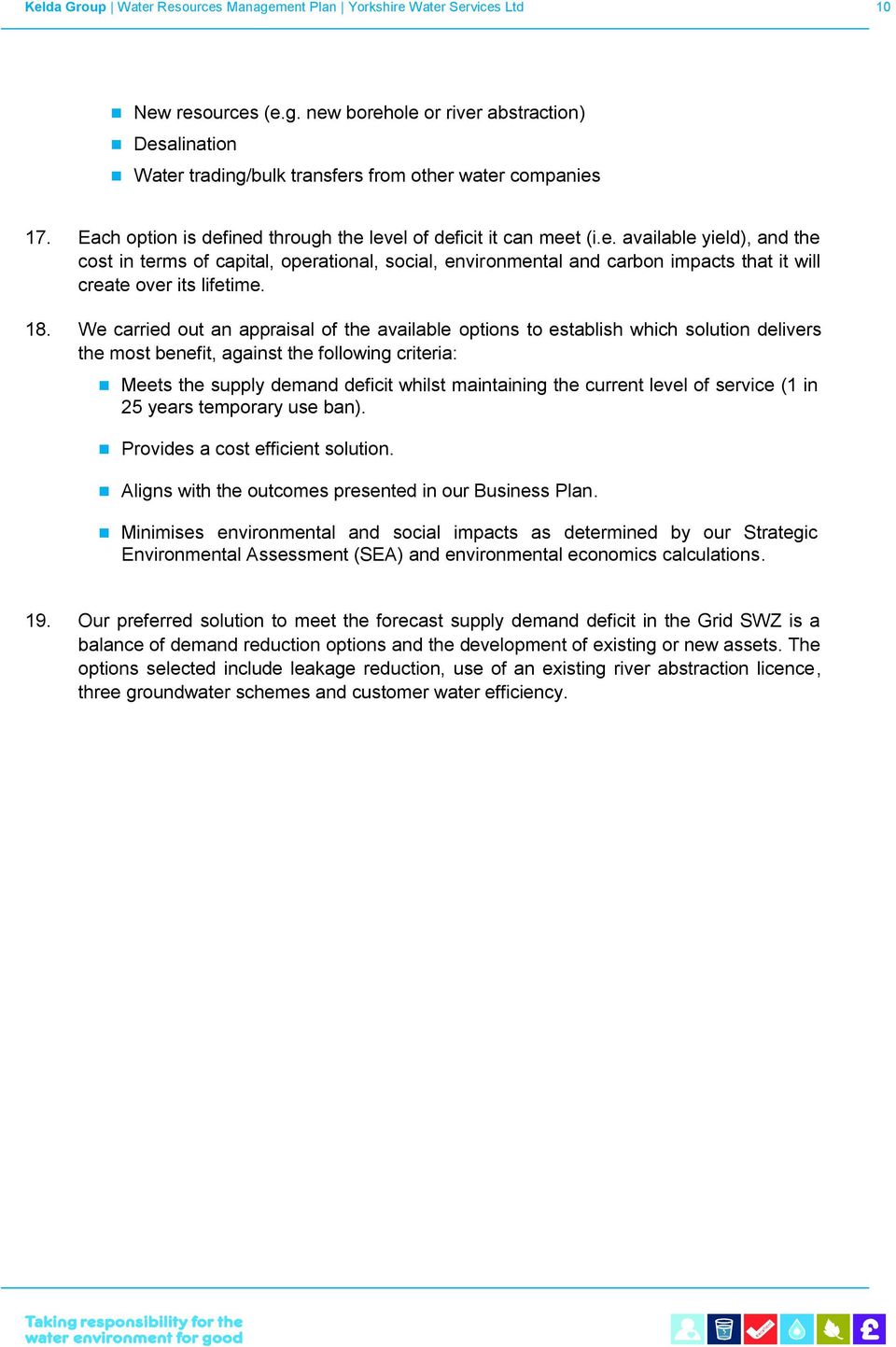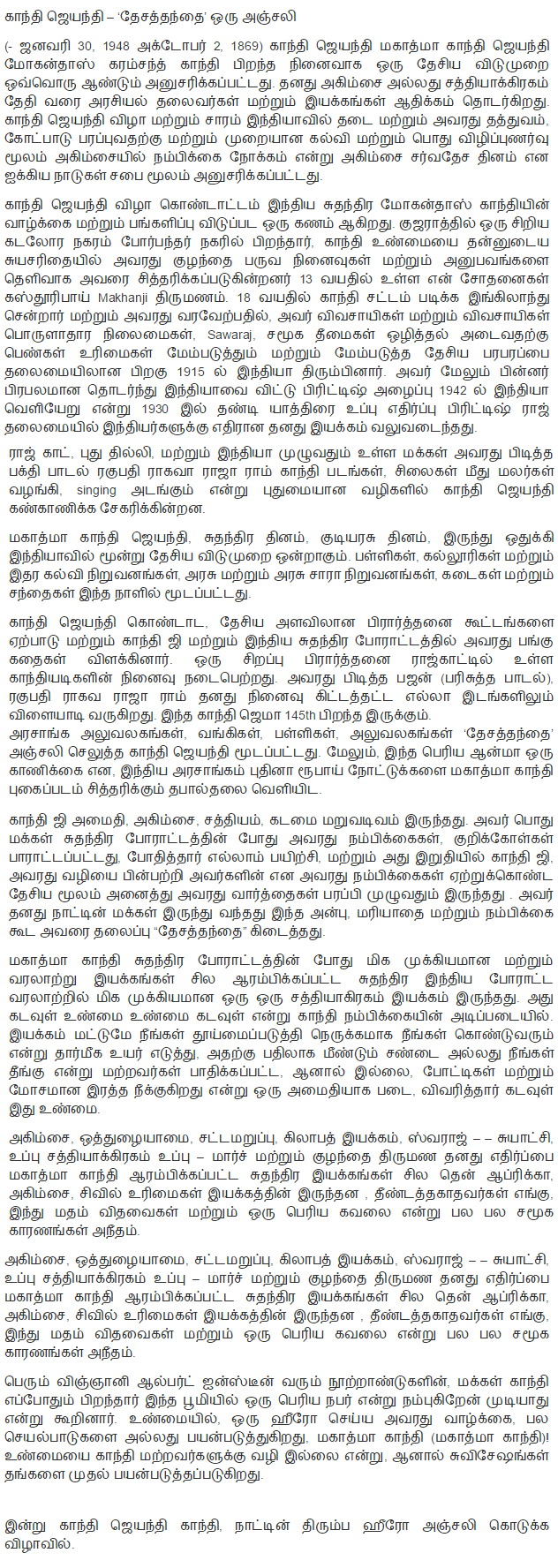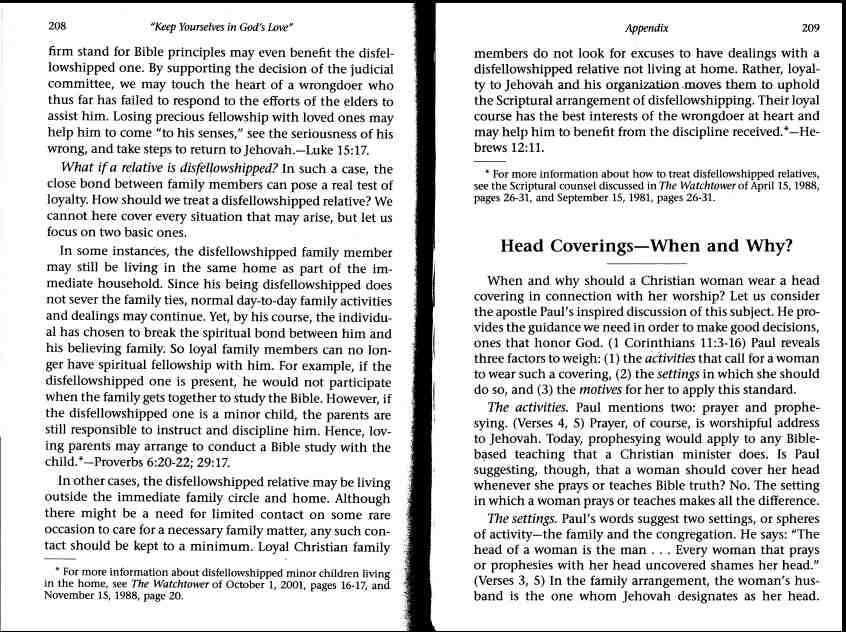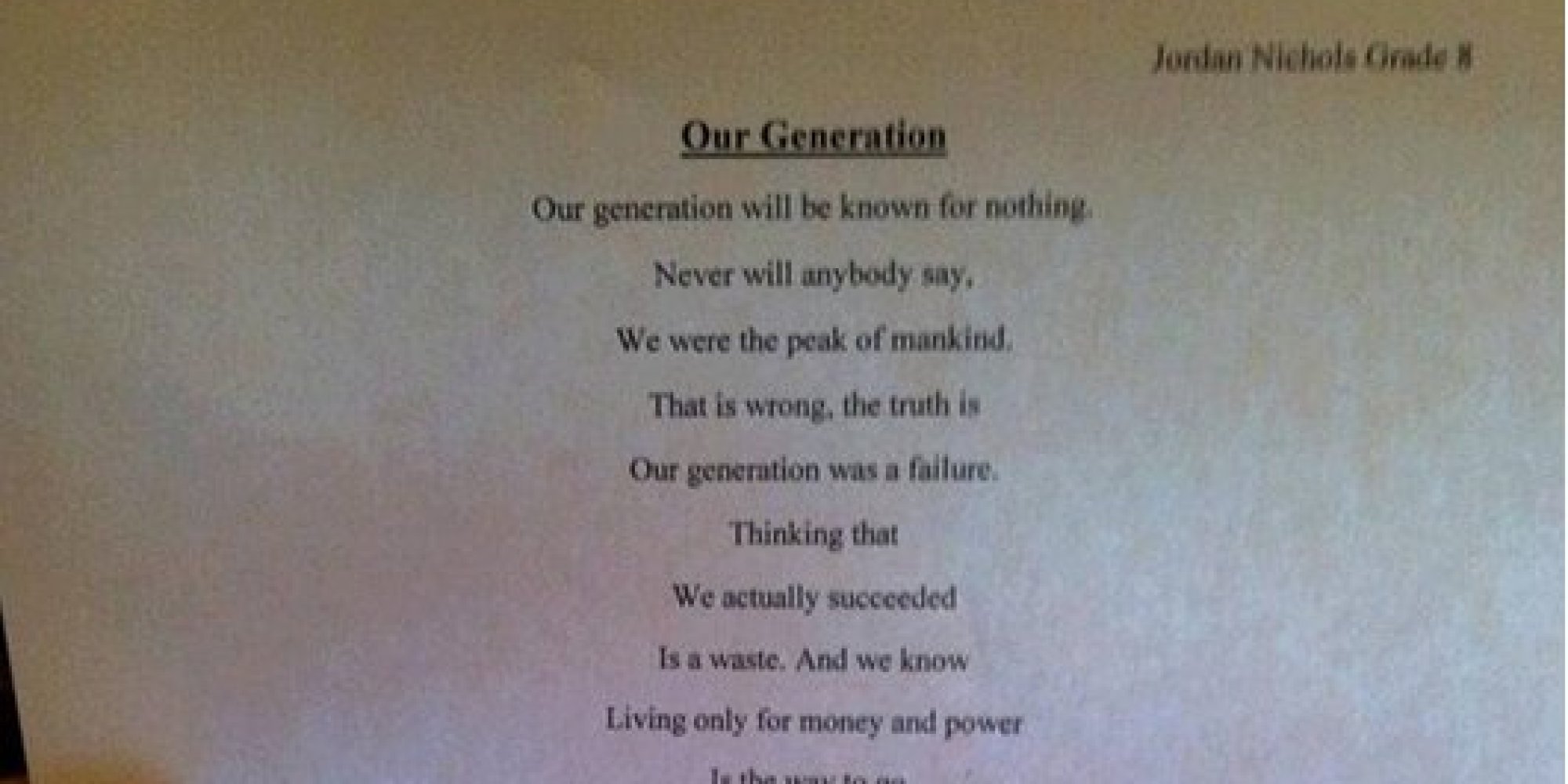Analysis of Haydn’s Piano Sonata in E Flat Essay.
Built upon Material of First Subject, commencing in E minor, passing through A minor (Bar 11), G Major (Bar 13), D Major (Bar 25), to end with Perfect Cadence (Bar 29). Bars 30-45: Second Subject. Relative Major key, G Major; touches A minor (Bar 32) and again at Bar 38.Commencing in E flat minor, it touches C flat Major (Bar 77) and back to E flat minor (Bar 79), ending with Chord of the Dominant minor 9th (Bars 91-92). Principle Them e (Bars 93-100): Tonic key, E flat Major, with C minor (Bar 97), to end with Perfect Cadence in B flat Major.Haydn Piano Sonata in Bb Major Haydn’s Piano Sonata in Bb major has three clearly defined sections: the exposition, the development, and the recapitulation. In the exposition, the thematic statement from measure 1 through 10 is more or less the introduction followed by a theme in parallel period from measures 11 to beat two of 22.
The Beethoven’s piano sonata in c minor, op.13 “Pathetique” first movement piano score that will be used are the ABRSM version and the G. Henle Verlag’s Urtext version. They will be compared to which edition is the best to be used by everyone who is interested in playing this piece.Haydn Piano Sonata in Bb Major Haydn's Piano Sonata in Bb major has three clearly defined sections: the exposition, the development, and the recapitulation. In the exposition, the thematic statement from measure 1 through 10 is more or less the introduction followed by a theme in parallel period from measures 11 to beat two of 22.

Analysis of Two Sonata-Form Piano Movements Beethoven and Haydn provide several examples of sonatas.Two piano sonatas in particular are Beethoven’s Piano Sonata No.5 in C minor, and Haydn’s Piano Sonata No. Stop Using Plagiarized Content. Get a 100% Unique Essay on Analysis of Two Sonata-Form Piano Movements.












